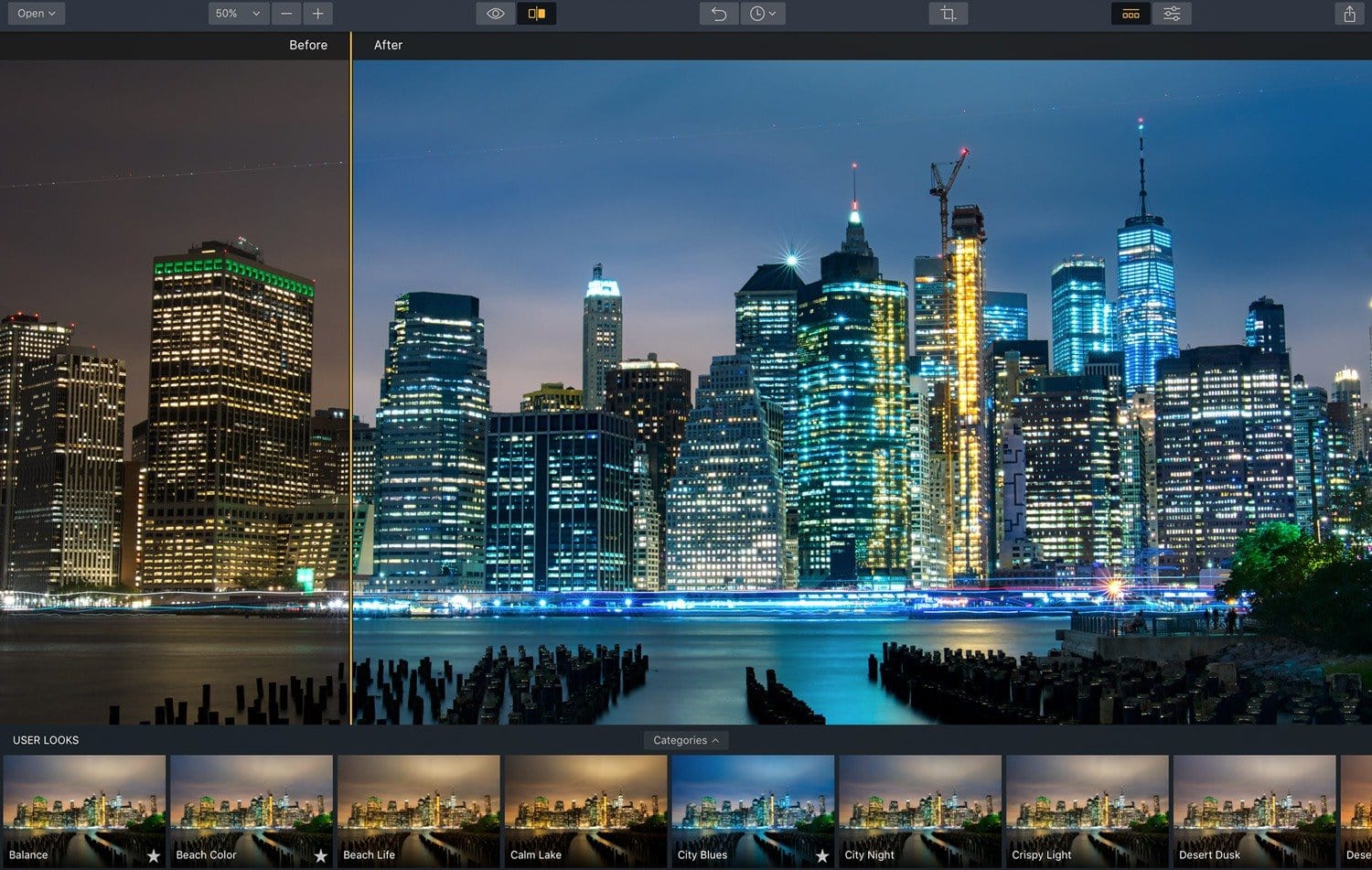

This project also serves as a soft-launch of Photoversity, an entity for all sorts of photography-related projects. The book costs $12, but is on sale for $8 to celebrate the launch of Aurora HDR.įor more information, including sample pages and HDR example photos created during production, visit. (For a great review of Aurora HDR Professional, see Mason Marsh’s entertaining writeup at Photofocus.)
#How to use aurora hdr 2019 professional
Aurora HDR Professional works as a stand-alone application-no Photoshop needed-or, if you manage your photo library in Adobe Lightroom, also exists as a plug-in for round-trip editing. This seems to work ok in my limited testing. Make your edits and then click apply and the edited image is sent back to Aurora HDR 2019. Once you have selected it, it will launch Luminar 4 and load your image.
#How to use aurora hdr 2019 pdf
The full-color PDF covers the software’s comprehensive suite of image editing and HDR adjustment controls, using presets (and saving and sharing your own), and then moves into working with layers and masks for even more control over the final photo. Launch Aurora HDR 2019, load your image and click Plug-ins > Other > Open plug-in and navigate to the Luminar4.8bf file. This 53-page ebook starts with techniques for making high-quality original photos and then dives straight into using Aurora HDR and Aurora HDR Professional to turn those shots into HDR images. I’m excited to announce my new ebook Aurora HDR and Aurora HDR Professional: A Photoversity Guide! In fact, I was so inspired by this new professional tool that I wrote and published an entire book about it during the time between its announcement and release! It’s been a crazy, sleepless, caffeine-fueled two weeks, but I think you’re going to like the result. Now, I can’t wait to go back through and process them, thanks to Aurora HDR Professional, the new application by MacPhun and HDR expert Trey Ratcliff.

Making good HDR images, however, has traditionally been a dark art involving several steps and multiple applications, so most of those brackets in my library have remained untouched. The advantage of brackets is to combine them later into a single HDR (High Dynamic Range) photo that includes more detail than what a camera sensor by itself can capture. For years when I’ve been out photographing landscapes, I’ve dutifully shot bracketed exposures: three or more images that represent light, dark, and balanced views of a scene.


 0 kommentar(er)
0 kommentar(er)
